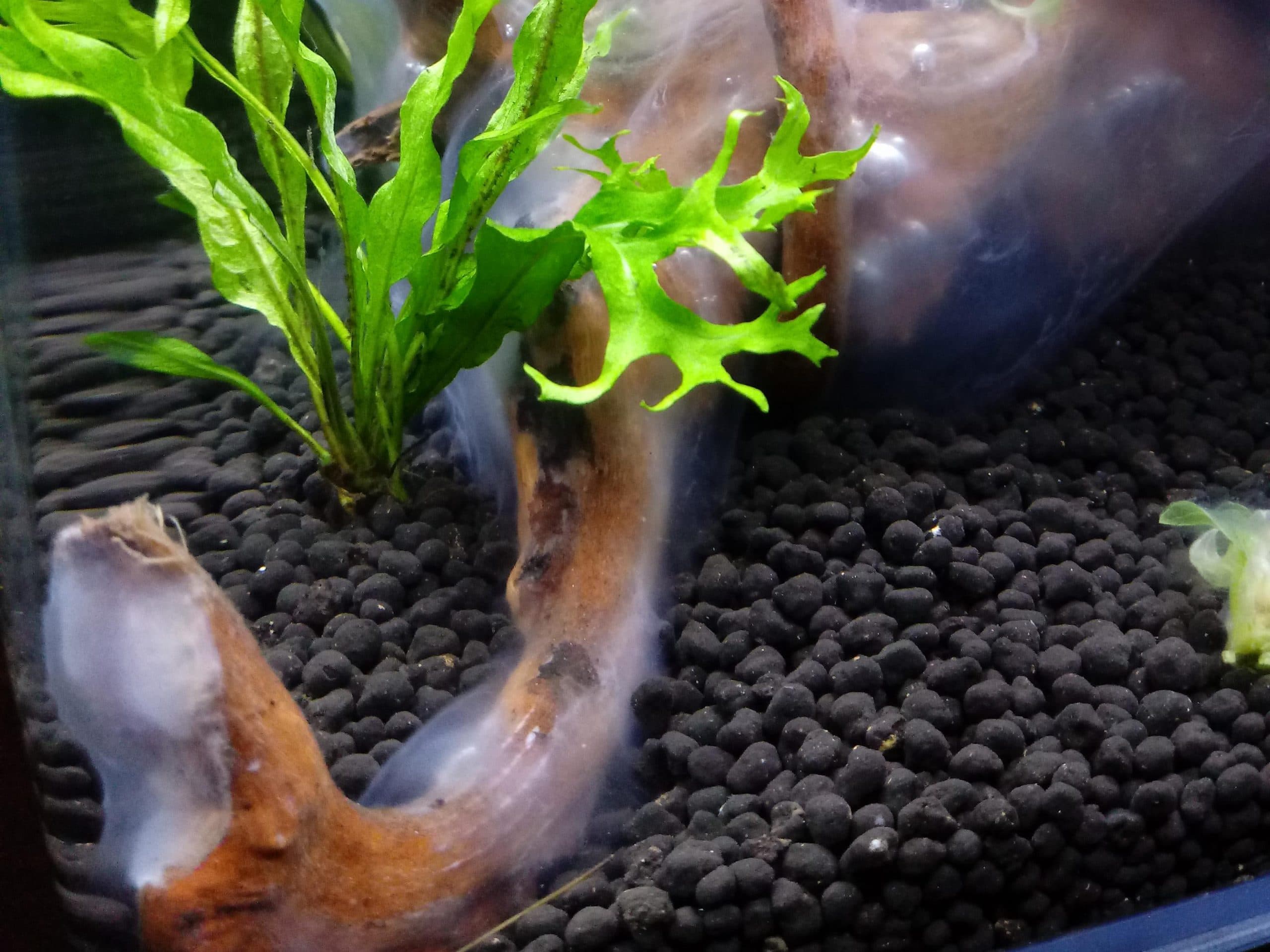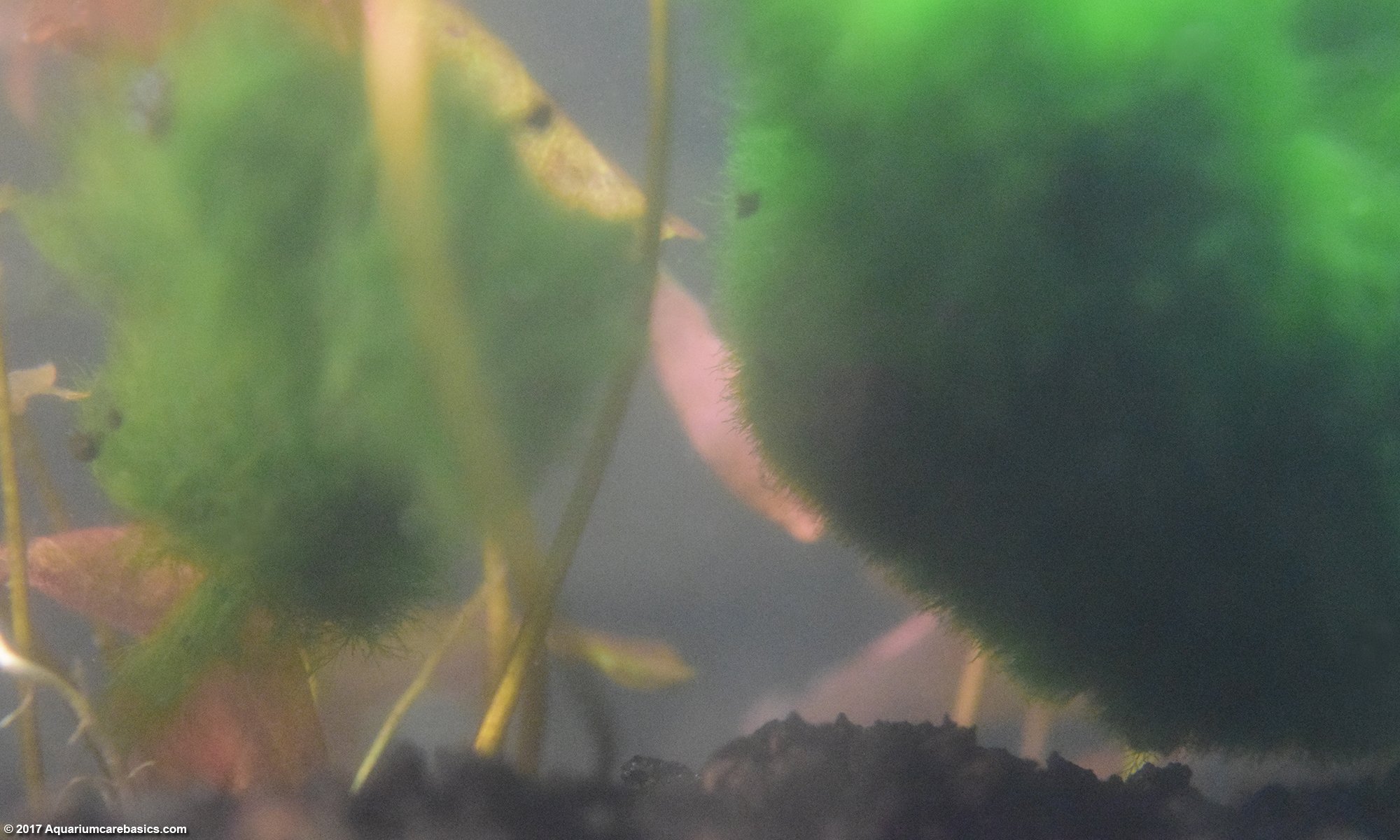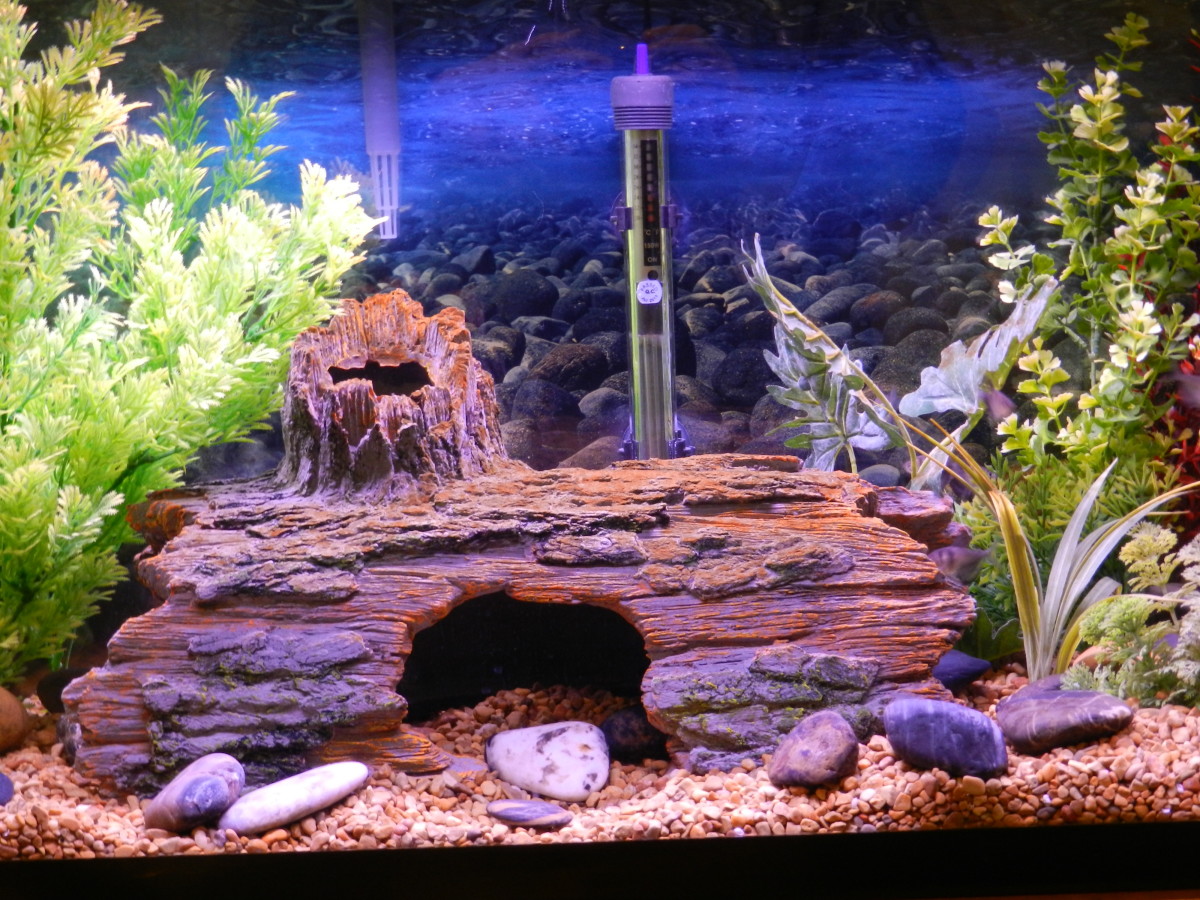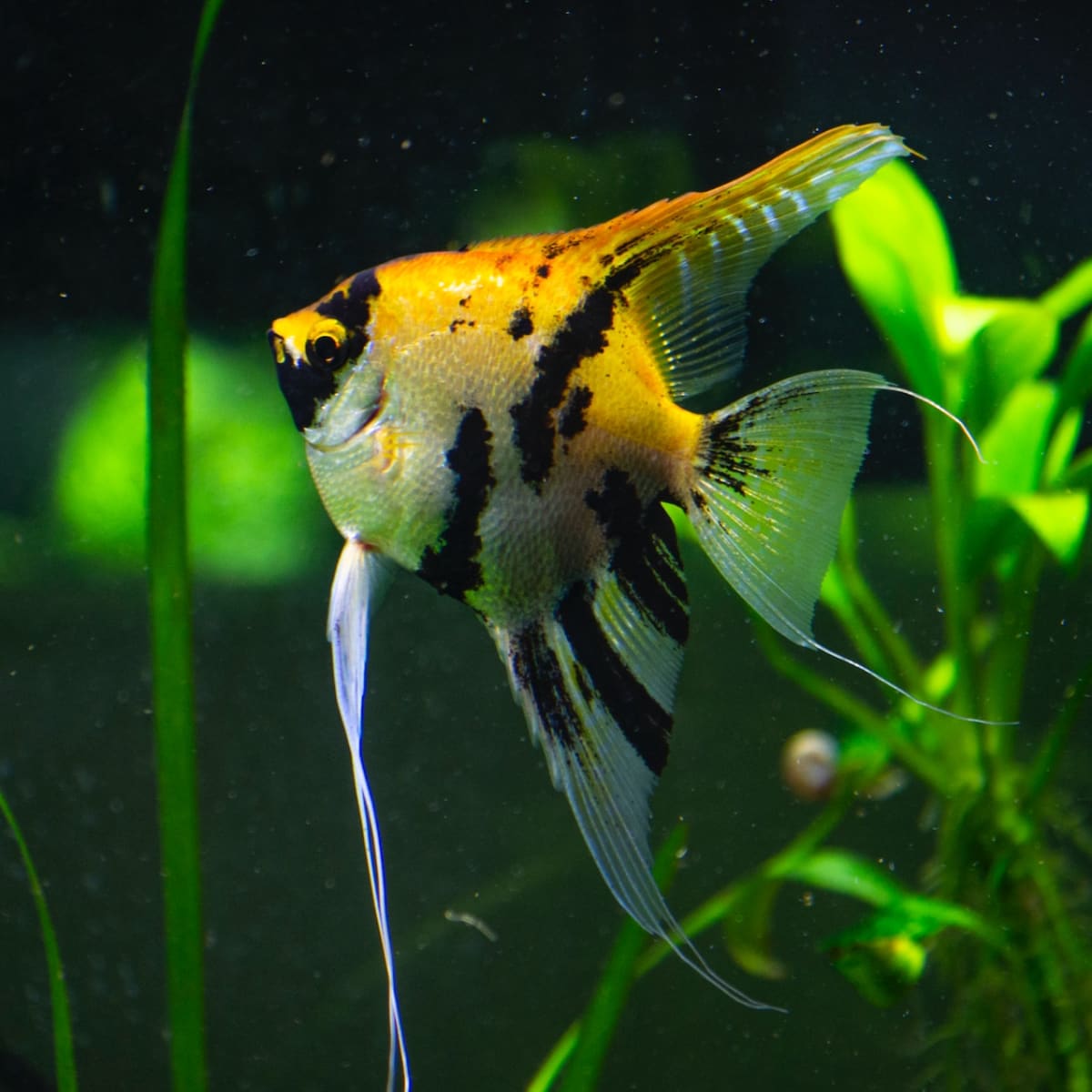Introduction: The Cloudy Conundrum
One of the most frustrating experiences for aquarium enthusiasts, both novice and seasoned, is setting up a beautiful tank, only to find that it has become cloudy within a day. This unexpected cloudiness can be alarming, especially when you’re eager to create a clear, vibrant habitat for your fish and aquatic plants. In this article, we’ll delve into the potential causes of sudden cloudiness, explore effective solutions, and offer tips to prevent future occurrences.

Common Causes: What’s Making Your Tank Cloudy?
Cloudiness in a fish tank can result from a variety of factors, ranging from natural biological processes to external contaminants. The most common causes include:
- Bacterial Bloom: This is the most typical reason for sudden cloudiness in new aquariums. When you set up a tank, the introduction of fish, plants, or food stimulates the growth of beneficial bacteria. These bacteria help break down waste, but their rapid proliferation can cause a milky haze in the water.
- Overfeeding: Feeding your fish too much or too often can lead to excess food particles in the water. This uneaten food decomposes, creating waste that contributes to cloudiness.
- Overstocking: Having too many fish in the tank can overwhelm the biological filtration system, leading to excess waste and cloudy water.
- Improper Filtration: If your tank’s filter isn’t functioning correctly or isn’t adequately sized for the tank, it can struggle to keep the water clear.
- Substrate Disturbance: If you’ve recently set up the tank or disturbed the substrate (gravel, sand, etc.), it can release particles into the water, causing cloudiness.

Identifying the Problem: Analyzing Your Tank
To resolve the issue, you must first identify the root cause of the cloudiness. Start by examining the following factors:
- Water Parameters: Use a reliable test kit to check the water’s pH, ammonia, nitrite, and nitrate levels. Abnormal readings can indicate a problem with the nitrogen cycle, often linked to bacterial blooms or overstocking.
- Feeding Habits: Evaluate how much and how often you feed your fish. Overfeeding is a common culprit for cloudy tanks.
- Filtration System: Check if your filter is working properly. Ensure it’s the correct size for your tank and that it contains clean media.
- Substrate and Decorations: Consider whether you’ve recently disturbed the substrate or introduced new decorations that might be causing cloudiness.

Solutions: Clearing Up the Cloudy Water
Once you’ve identified the cause, you can take steps to clear the cloudy water:
- Let It Settle: If the cloudiness is due to substrate disturbance, it might clear up on its own within a day or two as the particles settle.
- Adjust Feeding: Reduce the amount of food you’re providing and ensure it’s consumed within a few minutes. This reduces excess waste in the tank.
- Water Changes: Conduct a partial water change to help remove excess nutrients and debris. Aim for a 25-30% water change, taking care not to disturb the substrate too much.
- Improve Filtration: Clean or replace the filter media if necessary. If your filter is undersized, consider upgrading to a more powerful one that can handle the tank’s volume.
- Add Beneficial Bacteria: If a bacterial bloom is the cause, consider adding a bacterial supplement to help balance the tank’s ecosystem.
- Check Stocking Levels: Ensure you haven’t overstocked the tank. If necessary, rehome some fish to prevent overcrowding.

Prevention: Keeping Your Tank Crystal Clear
Preventing future cloudiness requires maintaining a stable environment in your aquarium. Here are some tips to keep your tank clear:
- Regular Maintenance: Establish a routine for cleaning the tank, checking water parameters, and performing partial water changes. Consistency is key to preventing issues.
- Avoid Overfeeding: Stick to a feeding schedule that meets your fish’s needs without overfeeding. Remove uneaten food promptly.
- Monitor Water Parameters: Regularly test your water to ensure it remains within safe limits for your fish and plants.
- Quarantine New Additions: Before introducing new fish or plants, quarantine them to prevent introducing contaminants or diseases into your main tank.
- Educate Yourself: Stay informed about best practices for aquarium care. Knowledge is a powerful tool in preventing common problems.

Types of Algae: Know Your Foes
Before tackling algae blooms, it’s essential to understand the different types you might encounter in your aquarium:
- Green Algae (Chlorophyta): This is the most common type of algae, often appearing as a green film on tank walls, decorations, and substrate. While small amounts are normal, overgrowth can indicate imbalances in the tank’s environment.
- Brown Algae (Phaeophyta): Also known as diatoms, brown algae typically manifest as a slimy coating on surfaces. They thrive in newly established tanks or those with low light levels.
- Blue-Green Algae (Cyanobacteria): Despite their name, blue-green algae aren’t true algae but rather photosynthetic bacteria. They form slimy, greenish-blue mats that can cover surfaces and emit a foul odor. Cyanobacteria blooms are often indicative of poor water quality.
- Red Algae (Rhodophyta): While less common in freshwater aquariums, red algae can appear as reddish or purplish growths, especially in marine tanks. They thrive in low-light environments and can indicate high nutrient levels.
Causes of Algae Blooms: Finding the Root
Algae blooms occur when certain conditions in the aquarium favor rapid algae growth. Common contributing factors include:
- Excessive Nutrients: Elevated levels of nutrients like nitrates and phosphates, often stemming from overfeeding, decaying organic matter, or inadequate filtration, provide fuel for algae growth.
- Imbalance in Lighting: Too much or too little light can trigger algae blooms. Excessive sunlight or prolonged artificial lighting can promote algae growth, especially without sufficient live plants to compete for nutrients.
- Poor Water Circulation: Inadequate water movement can lead to stagnant areas where algae thrive. Proper filtration and circulation help distribute nutrients evenly and prevent localized algae blooms.
- Unstable Water Parameters: Fluctuations in temperature, pH, and other water parameters can stress aquatic plants and promote algae growth. Stability is crucial for a healthy aquarium ecosystem.
Conclusion: A Clear Path Forward
Cloudiness in a fish tank can be a perplexing problem, but it’s usually solvable with a bit of detective work and some basic maintenance. By understanding the common causes, identifying the source of the problem, and taking the appropriate steps to correct it, you can restore your tank to its clear, vibrant state. Remember, an aquarium is a living ecosystem that requires ongoing care and attention. With patience and proper maintenance, you’ll enjoy a beautiful, thriving aquatic environment.









